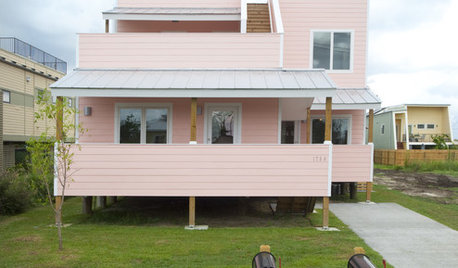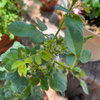HELP! rose midges, or something else?
bebba1
10 years ago
Featured Answer
Sort by:Oldest
Comments (7)
roseblush1
10 years agoThorntorn
10 years agoRelated Professionals
New Bedford Landscape Architects & Landscape Designers · Chattanooga Landscape Architects & Landscape Designers · East Rancho Dominguez Landscape Architects & Landscape Designers · Quincy Landscape Architects & Landscape Designers · Wheeling Landscape Architects & Landscape Designers · Sahuarita Landscape Architects & Landscape Designers · Waterbury Landscape Contractors · Crystal Landscape Contractors · Elkridge Landscape Contractors · Farmington Landscape Contractors · Mason Landscape Contractors · New Cassel Landscape Contractors · San Rafael Landscape Contractors · Tinton Falls Landscape Contractors · Wayland Landscape ContractorsThorntorn
10 years agozack_lau z6 CT ARS Consulting Rosarian
10 years agothe_morden_man
10 years agoUser
9 years ago
Related Stories

DECORATING GUIDESRoom Doctor: 10 Things to Try When Your Room Needs a Little Something
Get a fresh perspective with these tips for improving your room’s design and decor
Full Story
DECLUTTERINGDownsizing Help: How to Edit Your Belongings
Learn what to take and what to toss if you're moving to a smaller home
Full Story
PETS6 Ways to Help Your Dog and Landscape Play Nicely Together
Keep your prized plantings intact and your dog happy too, with this wisdom from an expert gardener and dog guardian
Full Story
DECLUTTERINGDownsizing Help: How to Get Rid of Your Extra Stuff
Sell, consign, donate? We walk you through the options so you can sail through scaling down
Full Story
COLORPick-a-Paint Help: How to Quit Procrastinating on Color Choice
If you're up to your ears in paint chips but no further to pinning down a hue, our new 3-part series is for you
Full Story
COLORPick-a-Paint Help: How to Create a Whole-House Color Palette
Don't be daunted. With these strategies, building a cohesive palette for your entire home is less difficult than it seems
Full Story
HOUZZ TOURSMy Houzz: Saturated Colors Help a 1920s Fixer-Upper Flourish
Bright paint and cheerful patterns give this Spanish-style Los Angeles home a thriving new personality
Full Story
CONTEMPORARY HOMESFrank Gehry Helps 'Make It Right' in New Orleans
Hurricane Katrina survivors get a colorful, environmentally friendly duplex, courtesy of a starchitect and a star
Full Story
FLOWERS AND PLANTSHelp Monarchs and Other Butterflies by Planting Common Milkweed
Summer-blooming Asclepias syriaca is an important larval host plant for the monarch butterfly and attracts a number of pollinating insects
Full Story
GARDENING GUIDESLearn the Secret to Bigger and Better Roses
Grow beautiful roses using both ordinary and unusual soil amendments
Full Story






michaelg